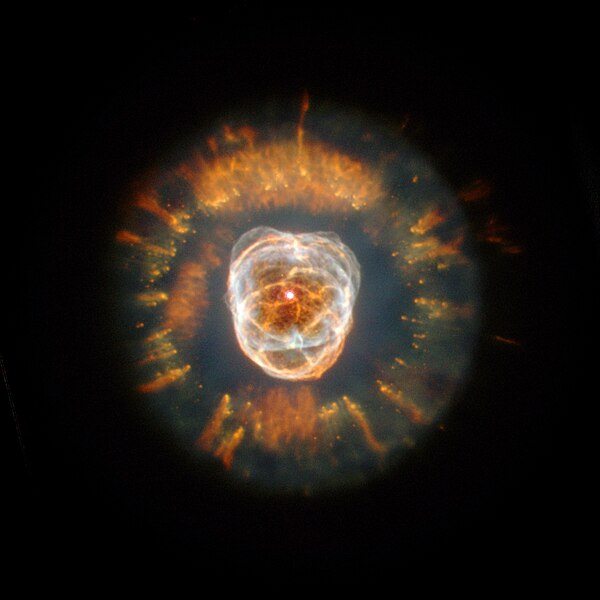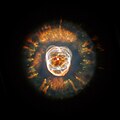Fil:Ngc2392.jpg

Storlek på förhandsvisningen: 600 × 600 pixlar. Andra upplösningar: 240 × 240 pixlar | 480 × 480 pixlar | 768 × 768 pixlar | 1 024 × 1 024 pixlar | 1 500 × 1 500 pixlar.
Originalfil (1 500 × 1 500 pixlar, filstorlek: 1,16 Mbyte, MIME-typ: image/jpeg)
Filhistorik
Klicka på ett datum/klockslag för att se filen som den såg ut då.
| Datum/Tid | Miniatyrbild | Dimensioner | Användare | Kommentar | |
|---|---|---|---|---|---|
| nuvarande | 28 juli 2005 kl. 14.34 |  | 1 500 × 1 500 (1,16 Mbyte) | Startaq | |
| 1 februari 2005 kl. 19.20 |  | 320 × 259 (12 kbyte) | CWitte | Eskimo nebula |
Filanvändning
Följande 2 sidor använder den här filen:
Global filanvändning
Följande andra wikier använder denna fil:
- Användande på af.wikipedia.org
- Användande på ar.wikipedia.org
- Användande på arz.wikipedia.org
- Användande på ast.wikipedia.org
- Användande på az.wikipedia.org
- Användande på be.wikipedia.org
- Användande på bg.wikipedia.org
- Användande på bn.wikipedia.org
- Användande på bs.wikipedia.org
- Användande på ca.wikipedia.org
- Användande på ce.wikipedia.org
- Användande på cs.wikipedia.org
- Användande på cv.wikipedia.org
- Användande på da.wikipedia.org
- Användande på de.wikipedia.org
- Användande på diq.wikipedia.org
- Användande på el.wikipedia.org
- Användande på en.wikipedia.org
- Planetary nebula
- Compact object
- Eskimo Nebula
- List of planetary nebulae
- User:Anticipation of a New Lover's Arrival, The/Galleries/Awards
- Caldwell catalogue
- Herschel 400 Catalogue
- User:Reginhild
- Wikipedia:Featured picture candidates/May-2007
- Wikipedia:Featured picture candidates/Eskimo Nebula
- User:Reginhild/Userboxes/Space Scientist
- Gemini (constellation)
Visa mer globalt användande av denna fil.
